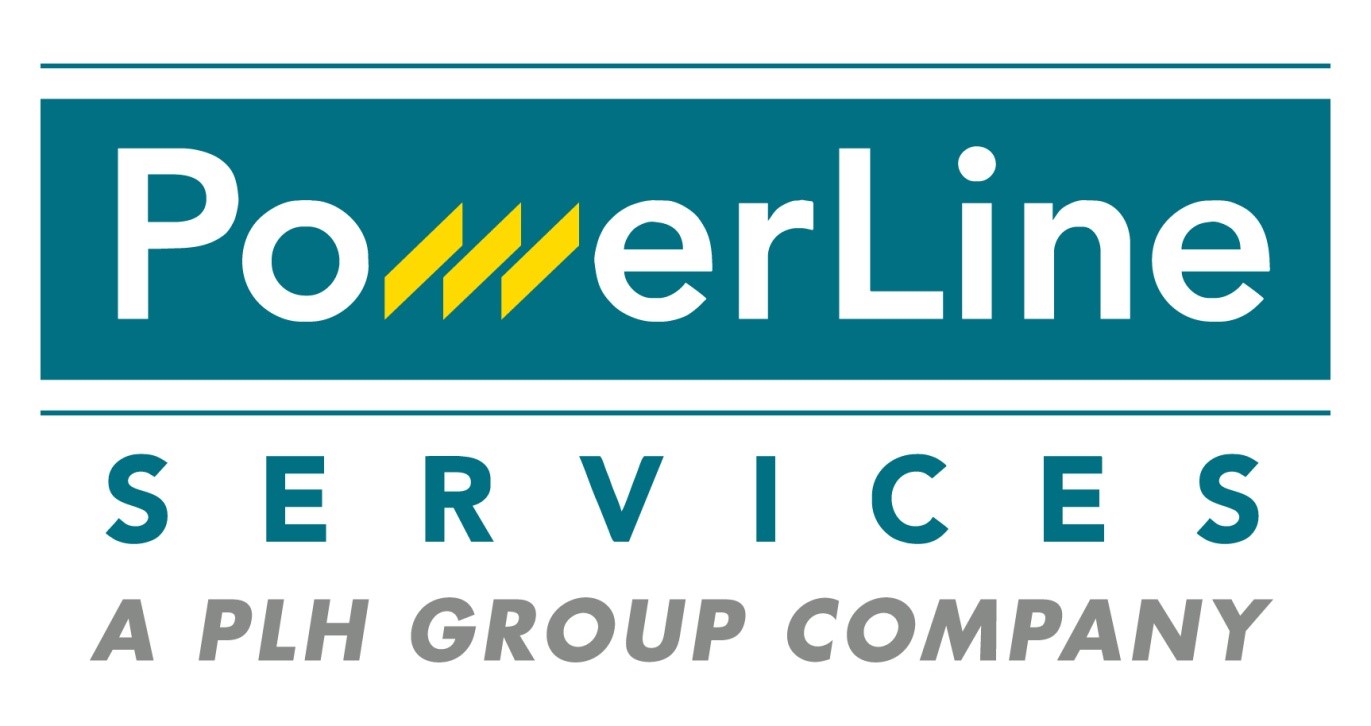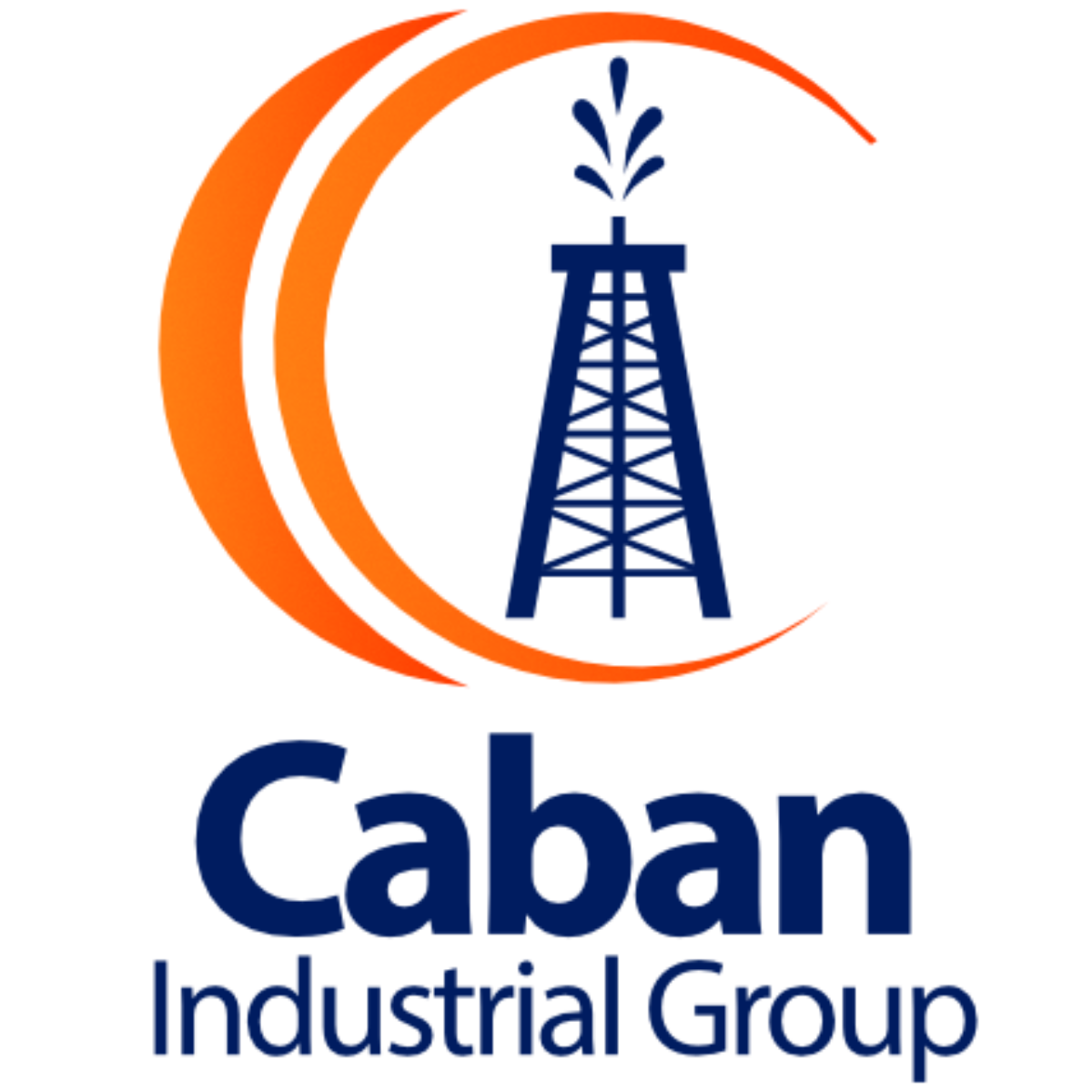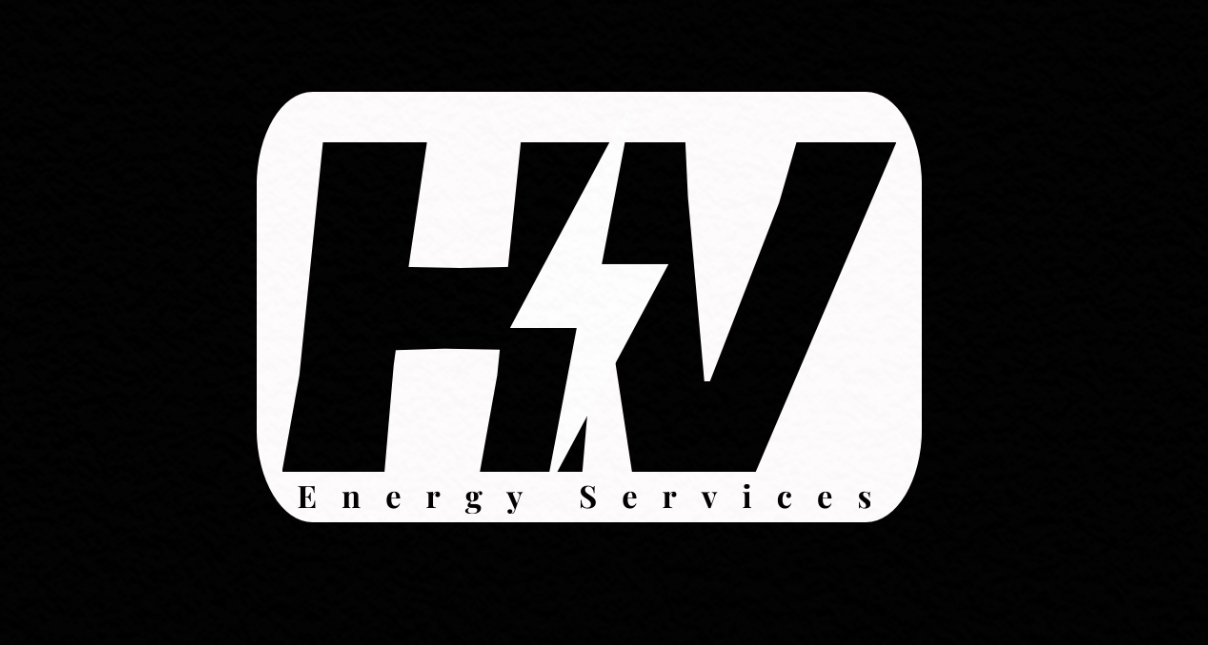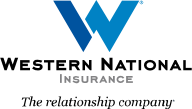Information
-
Project Name
-
Foreman
-
Sub contractors on site?
-
Conducted on
-
Prepared by
1. Safety Management & Documentation
-
1.1 Is the Daily Task Analysis filled out properly, reviewed, signed by employees onsite and is the form completed and onsite for review?
-
1.2 Are weekly tool box talks being performed and documented (see Timecard for answer to Safety cone question)?
-
1.3 Is all signage present (Field Reference Manual) and posted if needed (OSHA poster, SDS, etc)
-
1.4 Are all employees trained/certified/licensed for the task they are doing?
2. Strain Injury Prevention
-
2.1 Can the foreman explain the "Early Intervention Program" and his responsibility for that program?
-
2.2 Can Carpenters (Interview 2 ) show or explain how to properly lift sheetrock and bundle studs?
-
2.3 Can employees (interview 2) explain the "tri-pod" stance to be used when forward bending?
3. Hazardous Chemicals (including fuel and oil)
-
3.1 Are Safety Data Sheets accessible on site if needed or electronically available?
-
3.2 Are containers suitable for the products in it?
-
3.3 Are all containers properly labeled.
4. Emergency Response
-
4.1 Is there a fully stocked first aid kit available for use?
5. Fall Prevention
-
5.1 Are all fall exposures over 6' protected with proper fall protection equipment and techniques? This includes guard rails, fall restrain, fall arrest or chains on lifts.
-
5.2 Are all leading edges properly protected?
-
5.3 Is proper overhead protection in place?
-
5.4 Is fall protection being used properly?
-
5.5 Are all fall protection items free from damage?
-
5.6 Are all impalement hazards adequately protected? ( rebar, pipes, stakes, paddle bits)
-
5.7 Are wall and floor holes properly covered, marked, and secured?(capacity of 2x intended load)
-
Are stilts and components used on the jobsite in good condition?
6. Frame Scaffolds
-
Are scaffolds in use?
-
6.1 Are scaffolds properly tagged and dated?
-
6.2 Are scaffolds free from damage and are they complete?
-
6.3 Are documented scaffold inspections being conducted?
-
6.4 Are all scaffold components compatible?
-
6.5 Is the scaffold properly anchored to the structures and sitting on an adequate base? (Mud sills, cribbage)
-
6.6 Is the competent person present and able to to make decisions regarding scaffold safety?
-
6.7 Are loads imposed on the scaffold within its Safe Work Load (SWL)? (tools, stored materials, number of persons)
-
6.8 During Erection and Dismantling tasks are fall protection and proper procedures being used?
-
6.9 Is there proper access to scaffolding? (Frame scaffolds over two frames high require a stair tower, ladders are not acceptable)
-
6.10 If the scaffold is over 6' high, does it have an adequate top rail, mid rail, and toe board?
7. Rolling Scaffolds
-
Are rolling scaffolding in use?
-
7.1 Are scaffolds free from damage and are they complete?
-
7.2 Are all scaffold components compatible?
-
7.3 Are set screws tight on Fortress Scaffold trusses or pins in place correctly on Snappy scaffold?
-
7.4 Are decks placed right-side up, and firmly lodged between trusses on Fortress Scaffold or decks locked and secure on Snappy Scaffold?
-
7.4 Are wheels locked prior to allowing employees on scaffold?
-
7.5 Do employees climb off scaffold before it is moved? (No surfing allowed)
8. Drywall Benches
-
Are drywall benches in use?
-
8.1 Are benches free from damage and are they complete?
-
8.2 Are all rubber feet properly attached and in working condition?
-
8.3 Are legs secured to prevent collapsing?
9. Cranes, forklifts and rigging
-
Are cranes, forklifts or rigging in use?
-
9.1 Is all equipment on site free from damage and recognized hazards? ( including forklifts and cranes?)
-
9.2 Are loads lifted in a safe manner? Avoiding Loads lifted over persons, close proximity to obstacles incl. overhead power lines? (20' cranes)
-
9.3 Are proper maintenance and documented inspections being conducted on the cranes and forklifts on site?
-
9.4 Are loads being rigged properly using the correct type and configuration of rigging for the load?
-
9.5 Are all pieces of rigging safe, properly labeled and undamaged? (Ex. wire ropes, shackles, slings, chains, spreader bars, hooks)
-
9.6 Is the crane's swing radius adequately protected?
-
9.7 Do all crane and forklift operators have proper training and certifications for the equipment they are using?
-
9.8 Are seat belts being worn?
-
9.9 Are tag lines being used on all loads?
-
9.10 Do riggers and signal persons have documentation of qualifications?
10. Equipment (boom lifts, scissor lifts)
-
Are boom lifts, scissor lifts or other equipment in use?
-
10.1 Is all equipment including boom lifts, scissor lifts, and other equipment free from recognized hazards and free from damage?
-
10.2 Is equipment being operated properly and in a safe manner?
-
10.3 Equip. Checklist ie.(Aerial, Scissor, RT Forklift) performed?
-
10.4 Are all employees operating equipment properly trained or certified?
-
10.5 Are all lights, mirrors, back up alarms and safety systems working properly?
11. Ladders/ Stairs
-
11.1 Are all ladders on site safe, free from damage, and used properly?
-
11.2 Are all Ladders properly secured?
-
11.3 Does the ladder meet minimum OSHA requirements? (Proper weight rating for the work being done)
-
11.4 Are the stairs on site properly constructed, safe and free from recognized hazards? ( Metal pan stairs filled, hand rails, proper rise to run, properly secured, and slip resistant)
-
11.5 Are stairs free from materials and debris?
12. Power and hand tools
-
12.1 Are all power and hand tools in proper working order and without damage?
-
12.2 Are all tools properly guarded?
-
12.3 Are all tools being used properly?
-
12.4 Are tools properly grounded or labeled as double insulated?
13. Personal Protective Equipment (PPE)
-
13.1 Are all employees following company PPE requirements? (I.E. Hard hats, Safety glasses, High Vis, Work boots, Gloves)
-
13.2 If needed based on task, is specialty PPE being used properly? (Face shields, hearing protection, gloves etc.)
-
13.3 Is all personal protective equipment in use safe and free from recognized hazards?
-
13.4 Is there hearing protection available and in use where needed?
14.Housekeeping and work environment
-
14.1 Are all scraps immediately placed in containers or designated pile away from walkway?
-
14.3 Is lighting sufficient for the tasks being performed?
-
14.5 Does the project have an adequate number of amenities? (toilets, wash areas, potable water, etc)
15. Electrical Hazards
-
15.1 Are all electrical cords free from any and all damage?
-
15.2 Is there GFCI protection?
-
15.4 Are electrical cords protected from being placed on sharp ground (metal track) or hung by conductive metal?
-
15.5 Are power cords in walkways either hung-up or kept straight and against the wall AND not "Rat Nested"
-
15.6 Are electrical cords and equipment in a safe location, not near flammables, or lying in water?
-
15.7 Are all live parts protected from accidental contact?
16. Fire Protection
-
16.1 Are there Fire Extinguishers on site? ( adequate number, type, maintained, inspected)
-
16.2 Are all hot work activities being managed properly to prevent fires? This includes fire extinguishers, hot work permits, and fire watches (If Applicable)
Other Observations?
-
Please describe in detail any other safety observations that were found during the inspection that are not covered in the categories above.
-
Add media
Corrective Actions
-
Enter any corrective actions that will be undertaken
Sign Off
-
Auditor's signature














